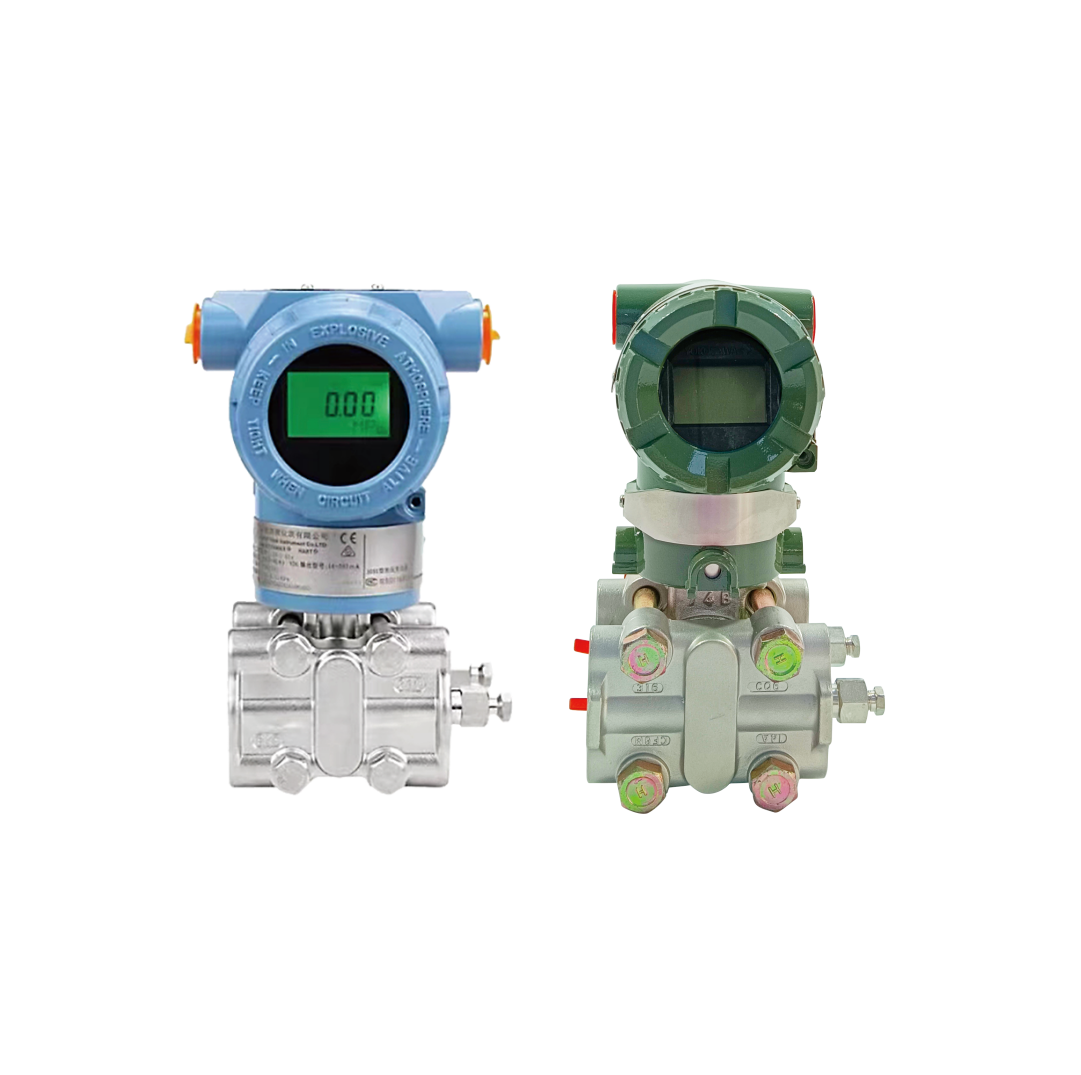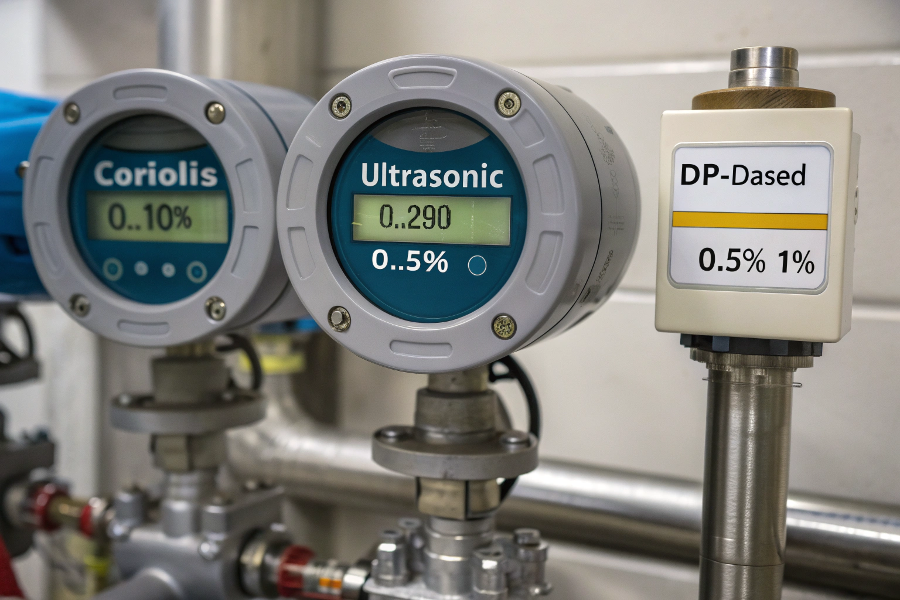Engineers often struggle to decide if a DP transmitter is the right choice for their application.
Differential pressure transmitters offer proven reliability, wide application range, and cost-effectiveness, but they have limitations in accuracy and require regular maintenance.

DP Transmitter Overview
Let me share insights from our years of experience with various flow measurement technologies.
What Are The Advantages Of Differential Pressure Transmitter?
Many customers ask about the benefits of choosing DP transmitters.
DP transmitters excel in versatility, reliability, and cost-effectiveness, making them suitable for flow, level, and pressure measurements across various industries.

DP Transmitter Advantages
Based on our extensive field experience:
Key Benefits Analysis
-
Technical Advantages
Feature Benefit Application Impact Versatility Multiple measurements Reduced inventory Reliability Proven technology Less downtime Simplicity Easy maintenance Lower costs Robustness Long lifespan Better ROI -
Economic Benefits
- Lower installation costs
- Reduced maintenance needs
- Wide availability of parts
- Cost-effective spares
Application Flexibility
-
Measurement Types
- Flow measurement
- Level monitoring
- Pressure differential
- Density calculation
-
Industry Adaptability
- Oil and gas
- Chemical processing
- Water treatment
- Power generation
What Are The Advantages And Disadvantages Of Pressure Transmitters?
Selecting the right pressure measurement technology requires understanding both benefits and limitations.
Pressure transmitters offer reliability and cost-effectiveness but may face accuracy limitations and installation constraints depending on the application.

Pressure Transmitter Pros and Cons
From our product implementation experience:
Comprehensive Analysis
-
Advantage Assessment
Benefit Description Impact Reliability Proven technology High uptime Cost Economic solution Budget friendly Flexibility Multiple uses Versatile Simplicity Easy operation User friendly -
Limitation Considerations
- Installation requirements
- Maintenance needs
- Accuracy constraints
- Environmental effects
Performance Factors
-
Positive Aspects
- Wide measuring ranges
- Strong market support
- Good stability
- Easy troubleshooting
-
Challenges
- Regular calibration needs
- Temperature effects
- Installation restrictions
- Response time limitations
What Is The Most Accurate Flow Meter Type?
Accuracy requirements often drive flow meter selection decisions.
Coriolis flow meters typically provide the highest accuracy (±0.1%), followed by ultrasonic meters, while DP-based meters usually achieve ±0.5% to 1% accuracy.

Flow Meter Accuracy Comparison
Drawing from our measurement expertise:
Accuracy Comparison
-
Technology Analysis
Meter Type Accuracy Cost Level Coriolis ±0.1% Highest Ultrasonic ±0.5% High Magnetic ±0.5% Medium DP-based ±1.0% Lower -
Selection Factors
- Process conditions
- Budget constraints
- Maintenance capabilities
- Installation requirements
Application Considerations
-
Performance Factors
- Flow profile effects
- Process variations
- Environmental impacts
- Calibration needs
-
Implementation Aspects
- Installation costs
- Maintenance requirements
- Training needs
- Support availability
What Is The High And Low Side Of A DP Transmitter?
Understanding pressure tap connections is crucial for correct installation.
The high-pressure side connects to the point with higher pressure, while the low-pressure side connects to the lower pressure point, with flow direction determining the connection setup.

DP Transmitter High and Low Sides
Based on our installation knowledge:
Connection Guidelines
-
Side Identification
Side Purpose Connection High Higher pressure Upstream Low Lower pressure Downstream Static Reference Process tap Vent Air removal Top point -
Installation Requirements
- Proper orientation
- Line routing
- Valve placement
- Seal requirements
Application Setup
-
Configuration Needs
- Zero adjustment
- Span setting
- Range calibration
- Output scaling
-
Maintenance Aspects
- Regular checks
- Line purging
- Seal inspection
- Calibration verification
Conclusion
While DP transmitters offer proven reliability and cost-effectiveness, selecting the right type requires careful consideration of accuracy needs, installation requirements, and maintenance capabilities.
